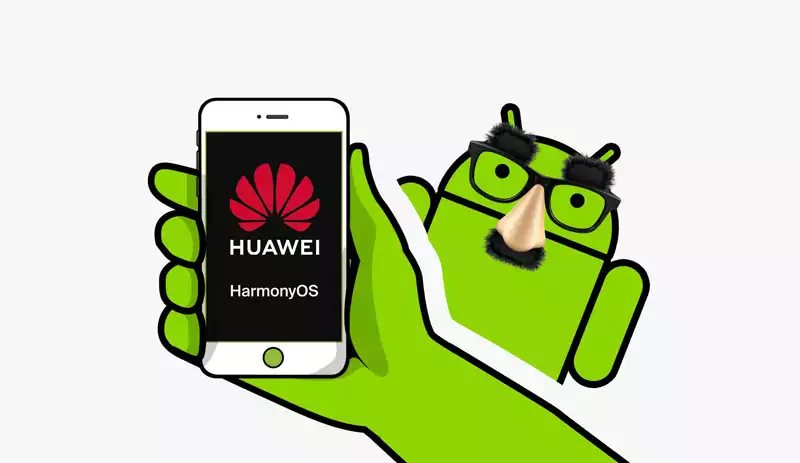You can also be interested in these:
- Huawei won’t include google services on upcoming mobiles
- What is Dark Silicon and what is it currently used for?
- Overwatch Tournament path to pro and the difficulty of getting to pro
- The end of an era: iPods are officially discontinued
Huawei HarmonyOS is just another fork of Android. The Chinese manufacturer has basically taken the basis of the AOSP project and placed an EMUI customization layer on top of it.

Creating an operating system from scratch is a daunting task, especially when the goal is to compete with fully mature platforms such as Android or iOS. What was Huawei’s solution? According to these analyzes, take the Open Source part of the Android platform (called AOSP) and disguise it as your own platform with EMUI.
HarmonyOS was supposed to be an independent operating system and be different from what already existed on the market with Android and iOS. We saw it initially work on some televisions such as the Honor Vision TV and its appearance was promised in all kinds of IoT devices and even in cars, something that certainly seemed like a challenge.
What is the situation with the new Huawei HarmonyOS?
A new analysis by Ars Technica shedded some light in the matter confirming even more Huawei HarmonyOS is based on AOSP. The analysis raised a first red flag when it disclosed how to get access to the HarmonyOS preview versions. To achieve this, it is necessary to send some personal information, including a photo of your passport for an “identity verification”. The author confesses having sent those data with great suspicion and hoping that “Beijing does not have ‘a file’ of mine now”.
Thanks to that step, he was able to access an emulator that responds to our actions as if it were a video game, rather than a system to install onto any device. From that first moment, the impression was he had been working with a fork of Android, a derivative operating system in which the Open Source components of AOSP were used. In reality anyone can take advantage of this (as long as they respect the license terms) to create their own version of this platform.

There were many clues leading us to think Huawei HarmonyOS wasn’t more than another Android port. Several internal applications still kept their original names (such as “Android Services Library” or “Android Shared Library”), and elsewhere the operating system had simply been “relabelled” to remove such references to Android as much as possible.
Fake it until you make it
HarmonyOS is basically a derivative version of Android 10, having as a customization layer the same EMUI that we see in the manufacturer’s terminals. The biggest difference with respect to a conventional Android is that there are no Google services or applications. Instead, we have its application store (App Gallery). Three hours after, messing around with the operating system couldn’t indicate any trace of the Huawei HarmonyOS being any different from Android, not even in the slightest way.
If everything remains the same, we will get a forked version of Android such as LineageOS (the most popular of the community forks) or Amazon’s FireOS itself, which does basically the same as HarmonyOS for years but without wanting to hide its origins.
More stories like this
- Huawei won’t include google services on upcoming mobiles
- What is Dark Silicon and what is it currently used for?
- Overwatch Tournament path to pro and the difficulty of getting to pro
- The end of an era: iPods are officially discontinued
- AMD FidelityFX Super Resolution 2.2 reinventing the game
- Noctua NH-L9a-AM5: Low profile cooler for Ryzen 7000